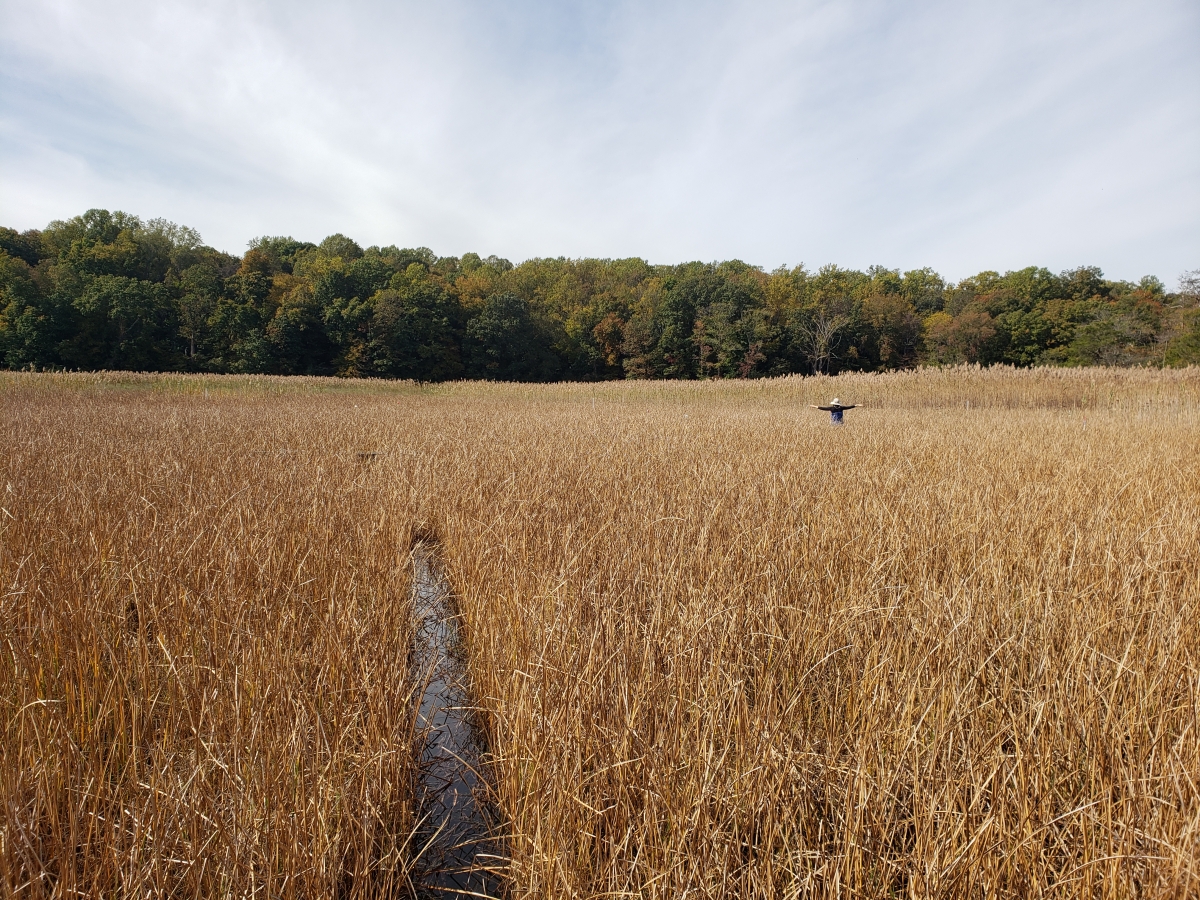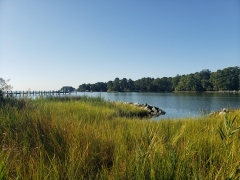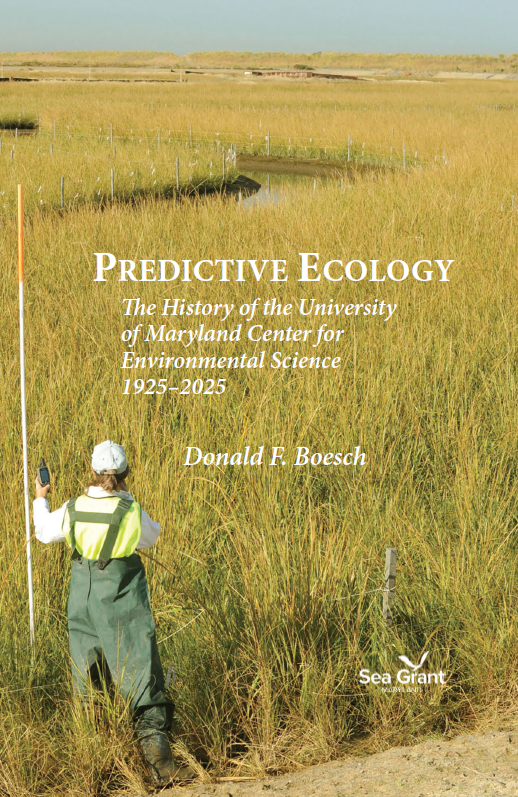Knauss legislative fellowships in Congress help build careers — and they're fun and educational. See our video and fact sheet for details.
The Maryland Sea Grant Bookstore will be closed for the winter holidays from Monday, December 15th to Friday, January 2nd and will not be taking orders during that time.
Send the Email: Good things come to those who reach out
Although I started graduate school in August 2022, my unofficial journey to graduate school began about a year before, with an email. At the time, I was working as a wetland research technician at the Smithsonian Environmental Research Center (SERC) in Edgewater, Maryland. I had a year left of my full-time, but temporary, contract. I had been thinking about what I wanted to do next with my career after SERC, and two realistic options came to mind: 1) Get a new job, or 2) Go to graduate school. I decided that I would pursue both and go with the one that panned out first.
In pursuing these paths, I started by emailing two research professors, Dr. Lorie Staver and Dr. Cindy Palinkas, to inquire about graduate school opportunities at the University of Maryland Center for Environmental Science Horn Point Laboratory (HPL). A few years ago, I worked at HPL as a technician with another research professor. Since HPL is a small but mighty community, I knew most professors, including Drs. Staver and Palinkas, even though my previous work there did not overlap with their research. When I worked at HPL, I was not ready to go to graduate school. I enjoyed working my 9-to-5 job when work tasks largely stayed within the traditional daytime hours. I knew that going to graduate school would entail working extended hours and sometimes weekends. That type of schedule would be stressful, but not without the rewards of growth as a scientist.

Dr. Staver returned my email and said that she did not have support for a student, but that Dr. Palinkas might, since they were writing a proposal that would need a graduate student or technician to conduct most of the work. If the proposal was funded and if I was interested, Dr. Palinkas said that it was very likely that she would have a fully funded graduate assistantship for me. She also needed a few more ideas for what a student could do within the bounds of the proposal. She invited me to contribute some ideas if I was interested.
I read the proposal, and I remember thinking that the project was compelling and would be a great opportunity to expand upon my existing technical skills while combining my interests. That is what I wanted out of the next phase of my career! I wrote back that I was interested and offered some suggestions for what I could do as a student to expand on the work outlined in the proposal. She said she would know in a few months if the proposal was funded, and that I should check back then.
In the meantime, I continued working for SERC and spent my days wearing muck boots or waders in estuarine wetlands, collecting data on plant growth and greenhouse gas emissions. At night, I applied for jobs with local environmental agencies, since there were quite a few positions that sounded exciting and seemed as if they would inspire professional growth. Some of my applications led to interviews where I gained valuable interview practice, but none led to a job offer.
A few months later, Dr. Palinkas emailed me back to say that they received student funding for the project and the student fellowship. Woohoo! Now, all I had to do was submit an application to the University of Maryland graduate school within the Marine, Estuarine and Environmental Science (MEES) program. That was no small task, either, but one that I had already started. Fast-forward to March 2022, I was accepted to the MEES program and began my fellowship that summer. The past 15 months have been a whirlwind of activity as I planned for my future. If I can leave you with two pieces of advice, it would certainly be to send that email to ask about opportunities, and secondly, to pursue multiple avenues at once, as one will surely pan out.
Top Left Image: A living shoreline in Talbot County, Maryland. Photo, Erika Koontz
See all posts to the Fellowship Experiences blog




